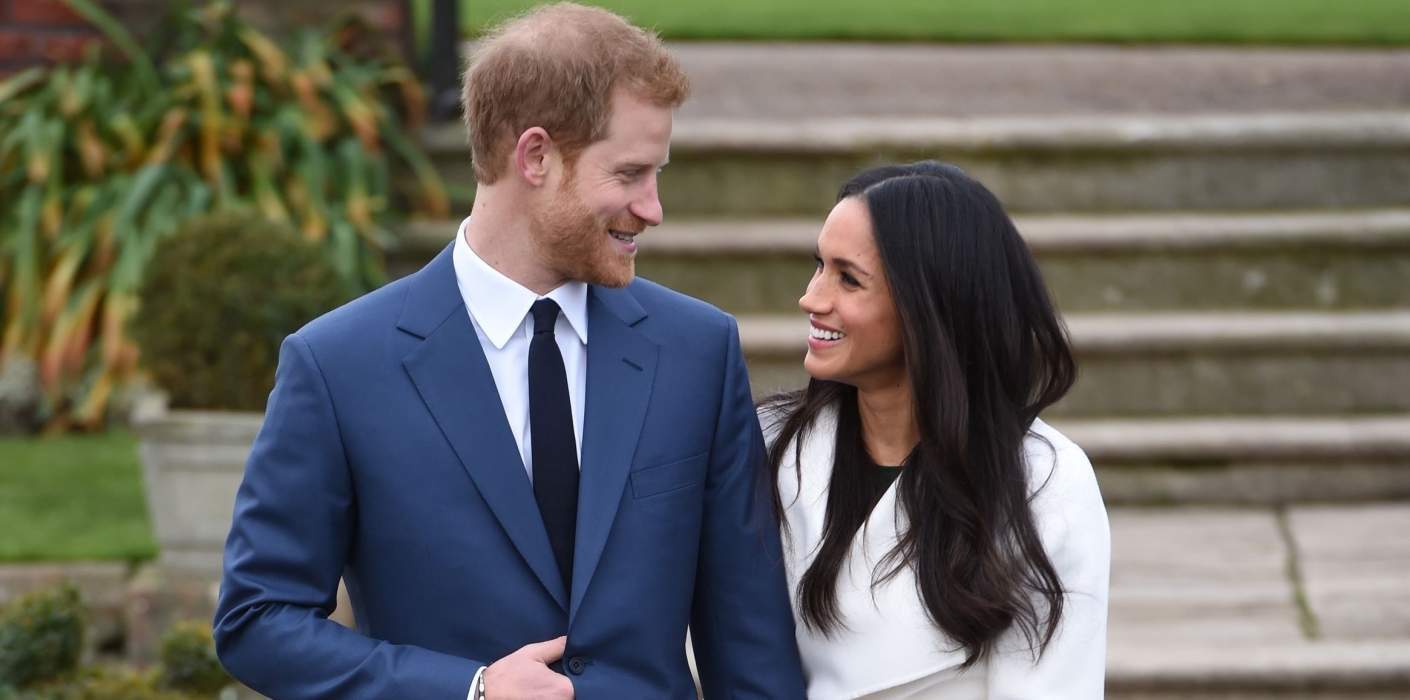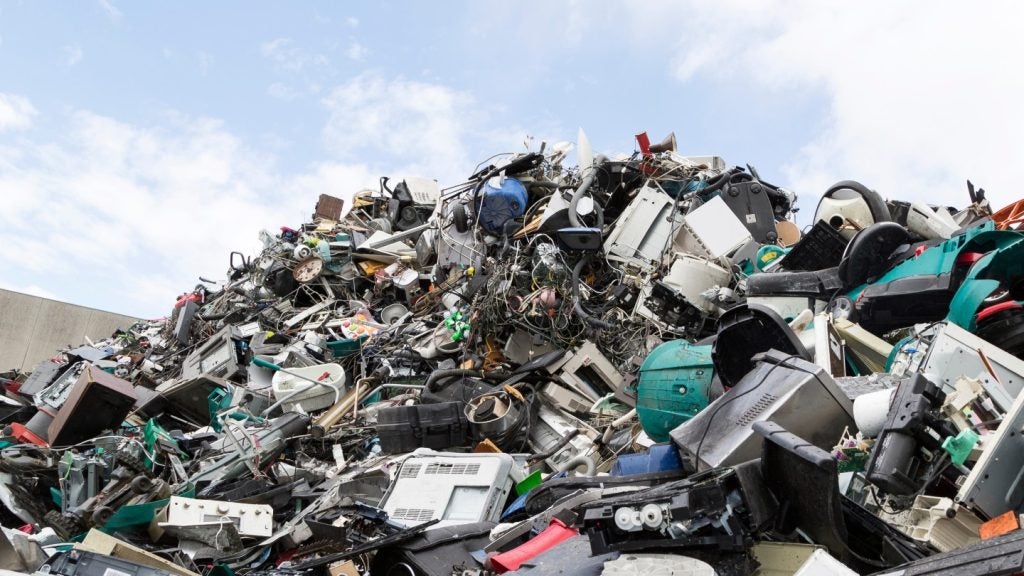
According to Google Trends there have been 12,221 news stories on the subject of Prince Harry’s engagement to Suits star Meghan Markle in the last 24 hours.
To say that there’s some excitement around the prospect of a new royal wedding is one heck of an understatement.
Of course, one of the major questions around this royal wedding is who will pay for it? While plenty of UK republicans have argued that the taxpayer will foot the bill, that’s not entirely accurate.
Where do the royal family get their money from?
The Sovereign Grant
The royal family do receive a grant from the government, but it’s a complex system. To understand the sovereign grant one first needs to understand the Crown Estate.
This is the vast portfolio of land and properties that the royal family technically owns.
Any profits from those including rent, sales, and interest goes to the Crown Estate.
How well do you really know your competitors?
Access the most comprehensive Company Profiles on the market, powered by GlobalData. Save hours of research. Gain competitive edge.

Thank you!
Your download email will arrive shortly
Not ready to buy yet? Download a free sample
We are confident about the unique quality of our Company Profiles. However, we want you to make the most beneficial decision for your business, so we offer a free sample that you can download by submitting the below form
By GlobalDataHowever, the Queen surrenders these millions of pounds of profit to the government. In return, she receives a sovereign grant of 15 percent of the total profits of the Crown Estate from two years previous.
For example, the Queen received a sovereign grant of £40.1m in 2015 which was 15 percent of the £267.1m made by the Crown Estate in 2013.
The purpose of the sovereign grant is to pay for travel, palace upkeep and utilities, and the royal employee payroll. At the royal wedding, for example, that money will cover the wages of the head chefs and other palace staff.
However, Chancellor of the Exchequer and the Keeper of the Privy Purse agreed that the sovereign grant would be boosted to 25 percent of income from the Crown Estate for 2017/18. The additional 10 percent will pay for the re-servicing of Buckingham Palace.
These repairs will take place over a period of ten years. That means that the sovereign grant for the financial year 2017/18 comes to £76.1m.
However, the sovereign grant will not pay for any royal ceremonies or any further costs incurred.
The Privy Purse
Elizabeth II, aside from merely being the Queen, is also the Duchess of Lancaster. This means she is the personal recipient of the funds from the Duchy of Lancaster. This is a portfolio of property and land, both urban and rural (and not all in Lancashire.)
It has been in the hands of the royal family since the Tudor times. It was acquired through purchase, marriage, gift, and occasionally confiscation. Ultimately, the Duchy Of Lancaster is 18,433 hectares of land altogether.
At the end of the fiscal year ending in March 2017, the Duchy had £519m of net assets under its control. Those assets delivered a net income of £19.2m. These funds supplement the Sovereign Grant and pay for other costs expenses for the rest of the royal family.
The Queen herself also has some land which she outright owns personally, entirely separate from the Duchy of Lancaster which is tied to the crown. The Balmoral and Sandringham Estates are the Queen’s personal property which she inherited from her father.
The Royal Collection
The royal family also own a huge amount of art and artefacts which have been gifted to them over the years. These including paintings, prints, books, cars, furniture, photographs, ceramics, and, of course, the crown jewels.
This collection is worth a staggering amount though the exact worth is hard to pin down. At face value the collection is said to be worth around £10bn but it’s thought that, were it ever to be sold, it would raise much more than that at auction due to its historical significance.
This collection is managed by the Royal Collection Trust. This body receives no government or National Lottery funding.
It is paid for entirely by visitor admissions to the Occupied Palaces and related activities. The Royal Collection essentially pays for its own maintenance and not much more than that.
The Duchy Of Cornwall
All of the above is all technically owned by the Queen though, not Prince Charles or his family including Camilla Parker-Bowles, Princes William and Harry, Princess Catherine and Prince George and Princess Charlotte.
According to the precedent set by the 2011 wedding of Prince William and Kate Middleton, Prince Charles seems likely to pay for the wedding costs of Harry and Meghan Markle. Then again, that raises the question of where Prince Charles gets his money.
Well, like the Queen, Prince Charles has his own dukedom: the Duchy of Cornwall. This operates in almost exactly the same manner as the Duchy of Lancaster. However, this money goes to Charles himself.
He uses it to support himself, his sons, and their families. The assets themselves are said to be worth more than £1bn. In the fiscal year 2016/17, the Duchy of Cornwall paid around £3.6m towards the activities of Prince Harry, Prince William, and Princess Catherine.
Personal wealth
In addition to all these funds, the royal family have their own personal investments. Prince Harry, for example, is said to be worth around £36m. That’s money he inherited from his mother Diana’s trust fund, as well as his own army salary. Plus, he receives a certain amount of money as a yearly payment from Prince Charles.
How much will the royal wedding cost?
Thankfully, we probably don’t have to do too much calculation to work out exactly how much the royal wedding will cost because there’s already a handy precedent.
The wedding of Prince William and Princess Catherine in 2011 provides a pretty clear example of what to expect from Prince Harry’s marriage to Meghan Markle.
The agreed overall cost of the wedding was said to be around £20m altogether. Due to inflation, that’s probably around £22.3m in 2017.
That money was for everything from the dress to the rings to the catering to the entertainment to the honeymoon.
The majority of the bill was footed by Prince Charles from the Duchy of Cornwall. However, the UK taxpayer did cover costs of security and transport. Those costs came to about £7m altogether.
While that may irk republicans, its important to consider that the taxpayer covers the same costs for other national events such as Remembrance Sunday observations and other processions and parades which necessitate the closure of roads.
In addition, the extra public holiday for the event is estimated to have cost between £1.2m and £6m. This is due to the overall slow down in production.
As Downing Street have already confirmed that an extra public holiday will not be given for Prince Harry’s wedding to Meghan Markle, this cost will be mitigated.
A cheaper venue:
Seeing as Prince Harry isn’t directly in line for the throne, there’s a good chance that his wedding will end up being slightly less costly than William’s. That’s especially likely now that Kensington Palace has confirmed that the wedding will take place at Windsor Castle in the St. George’s Chapel there rather than Westminster Abbey where Prince William married Kate.
The marriage of Prince Harry and Ms. Meghan Markle will take place at St. George's Chapel, Windsor Castle in May 2018. pic.twitter.com/lJdtWnbdpB
— Kensington Palace (@KensingtonRoyal) November 28, 2017
This venue will also reduce costs for the taxpayer as less roads will need to be closed off for the royal procession. Presumably fewer roads will need to be closed around Windsor and therefore security will be cheaper too!
How much is a royal wedding worth to the economy?
Of course, even being that the taxpayer isn’t necessarily paying for the royal wedding in any large part, republicans might still be frustrated that taxes are being spent on the occasion at all.
Still, some of those concerns might be assuaged by the knowledge that the royal wedding will probably make far more money for the UK economy than it will cost.
For a start, it will probably give a huge boost to tourism. In the 12 months following the wedding of William and Kate an additional 800,000 tourists visited Britain compared to average, according to the Official Of National Statistics.
The media attention on the country from around the world thanks to the wedding probably contributed to this. Visits from Americans hit their highest levels since 2008.
Considering that Meghan Markle is a US citizen herself and will most likely attract further interest from audiences in the USA so that could be even higher. Tourists spend, on average, £600 each per visit to the UK. So that’s an additional £480m in tourism alone. Plus, as it’ll be the last spring before Brexit, perhaps more tourists will flock to the UK for ‘one last trip’ before immigration gets tighter.
In addition to the obvious tourism benefits to the economy, there’s also the merchandising. The Lord Chamberlain’s office approved a huge list of memorabilia, including official mugs, plates, biscuit tins, and porcelain pill pots.
Plus, William and Kate personally approved a range of china products too. Sales of this official merchandise alone was expected to be worth about £44m. In addition, there’s all the unofficial merchandise to be taken into account.
Whichever way the (wedding) cake is cut, royal weddings clearly benefit the economy!






